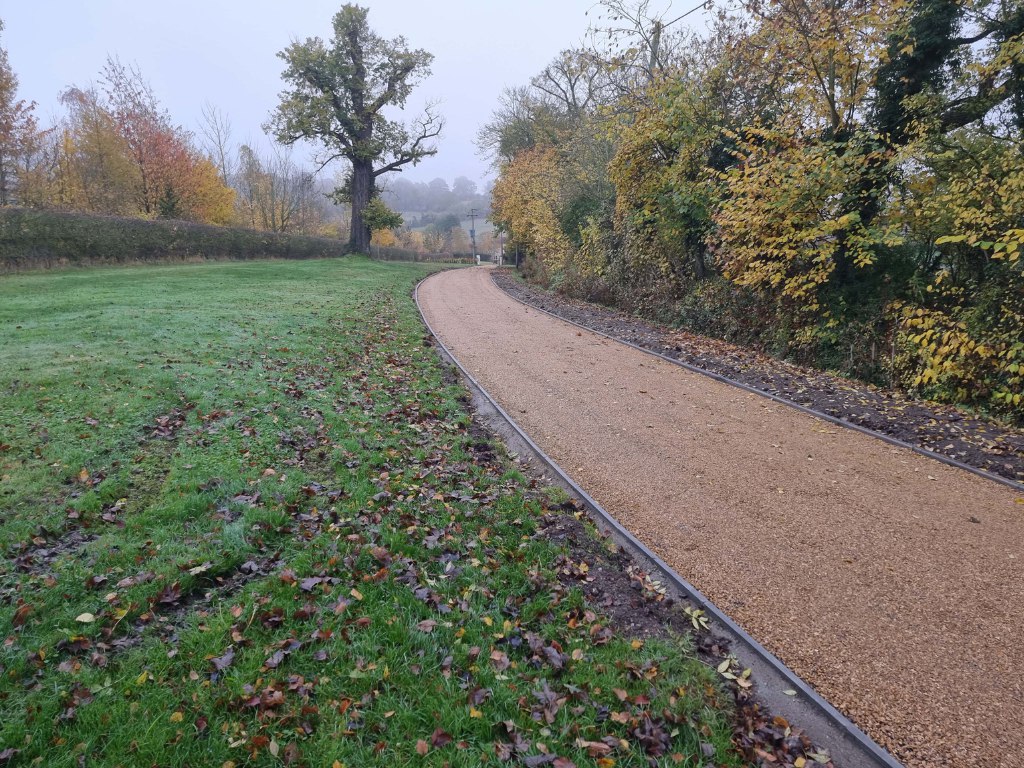What Makes Commercial Tarmac Different From Residential Tarmac?
Tarmac is a widely used surfacing material due to its durability, affordability, and ease of installation. However, not all tarmac surfaces are the same. The requirements for commercial tarmac differ significantly from those of residential applications. Whether it’s a car park, industrial estate, or a household driveway, the specifications and installation process must be tailored to suit the intended use.
Understanding the Differences Between Commercial and Residential Tarmac
1. Load-Bearing Capacity
One of the most significant differences between commercial and residential tarmac is the level of traffic and weight the surface must withstand.
- Commercial Tarmac – Designed for high-traffic areas, commercial tarmac must support heavy vehicles such as lorries, delivery vans, and forklifts. It requires a thicker base and more robust materials to handle continuous usage without deterioration.
- Residential Tarmac – Typically used for driveways that accommodate cars and lighter vehicles, residential tarmac does not need the same level of reinforcement as commercial applications.
2. Thickness and Structural Strength
The thickness of tarmac plays a crucial role in its longevity and performance.
- Commercial Tarmac – Laid in multiple layers, commercial tarmac includes a stronger sub-base, base course, and a thicker surface layer. This multi-layered approach prevents premature wear and maintains stability under heavier loads.
- Residential Tarmac – While still durable, residential tarmac is usually applied in fewer layers, as it does not need to withstand the same level of stress. A solid foundation is still important to prevent cracking or subsidence.
3. Material Composition and Quality
Both commercial and residential tarmac contain bitumen, but the composition and type of aggregates used can vary.
- Commercial Tarmac – Often contains higher-quality, heavy-duty aggregates that provide extra strength and resistance to damage. Some applications may include reinforced bitumen or polymer-modified materials for added flexibility and durability.
- Residential Tarmac – Uses standard aggregates that provide a smooth and durable surface but may not need the same level of reinforcement as commercial tarmac.
4. Installation Techniques
The process of installing tarmac differs based on the intended usage.
- Commercial Tarmac – Requires extensive groundwork, including a well-compacted sub-base, high-quality drainage solutions, and additional reinforcement to prevent cracking and subsidence. Precision in layering and compaction is essential to withstand constant pressure from heavy traffic.
- Residential Tarmac – While still requiring proper groundwork, residential tarmac installation is generally quicker and involves fewer technical specifications. However, correct installation is still crucial to prevent premature wear.
5. Drainage and Water Management
Proper drainage is essential to prevent water damage and surface deterioration.
- Commercial Tarmac – Often includes advanced drainage solutions such as permeable tarmac, channel drains, or gradient slopes to handle large volumes of water efficiently.
- Residential Tarmac – Requires standard drainage solutions to direct water away from the property but does not typically need extensive water management systems.
6. Aesthetic Considerations
While functionality is the primary focus, aesthetics also play a role in tarmac surfacing.
- Commercial Tarmac – Prioritises performance and longevity, with a focus on creating a non-slip, highly durable surface. Coloured tarmac or specific markings may be added for safety and organisation.
- Residential Tarmac – Often designed with aesthetics in mind, with options for decorative edging, colour variations, or resin-bound overlays to enhance kerb appeal.
Choosing the Right Tarmac for Your Needs
Selecting the correct type of tarmac depends on the intended use, budget, and long-term maintenance considerations. Whether for a business premises, public roadway, or private driveway, professional installation is key to ensuring a high-quality, durable surface.
Conclusion
The difference between commercial and residential tarmac lies in the level of reinforcement, material composition, and installation techniques. Commercial tarmac is built for durability and high-traffic use, whereas residential tarmac focuses on providing a long-lasting yet cost-effective surface for everyday household use.
For expert advice and professional tarmac installations in Sandy, Bedfordshire, working with an experienced contractor ensures a reliable and high-quality surface that meets all safety and performance standards.
Call us on: 01767 661 188
Click here to find out more about Sandy Driveways & Patios
Click here to complete our contact form and see how we can help with your driveway needs.

